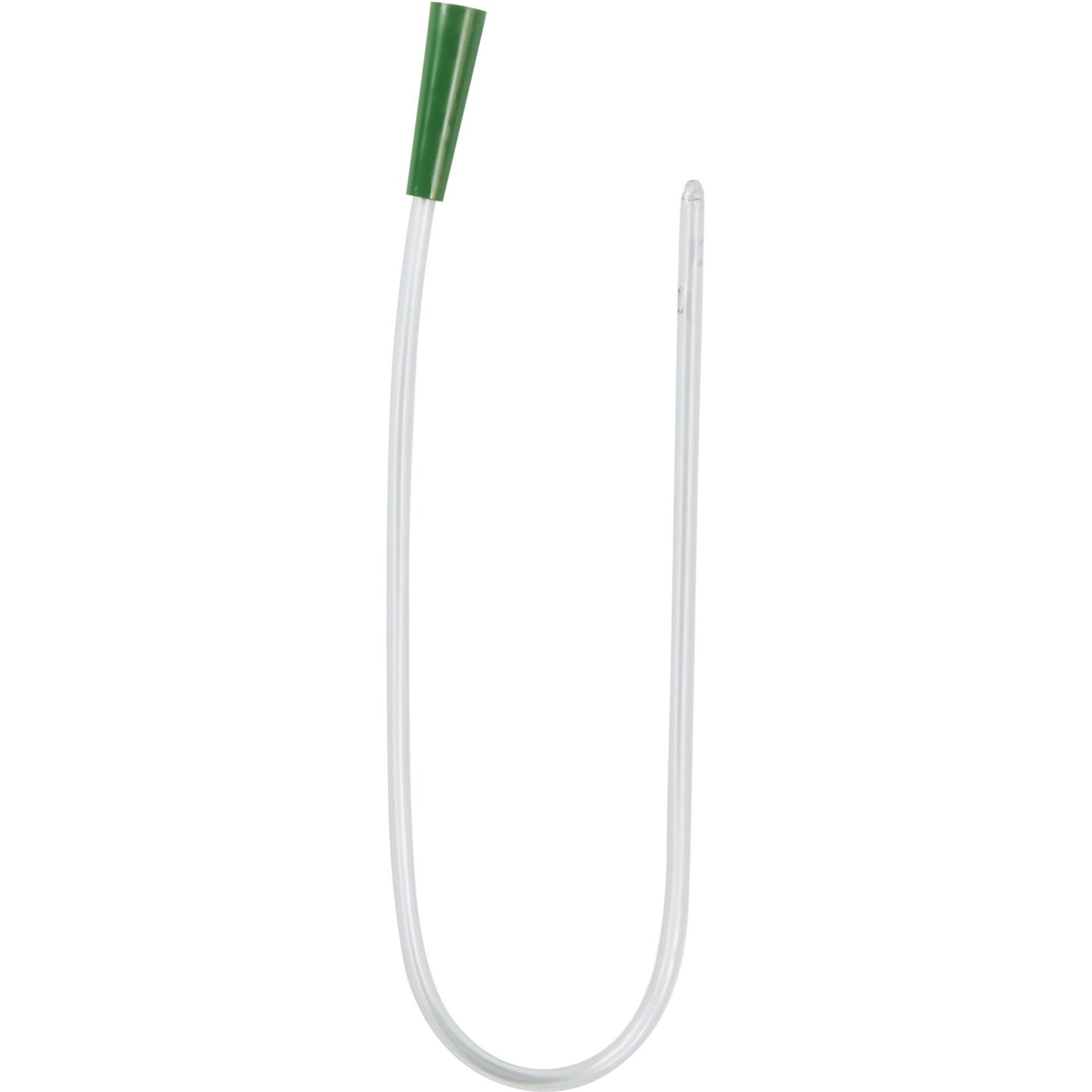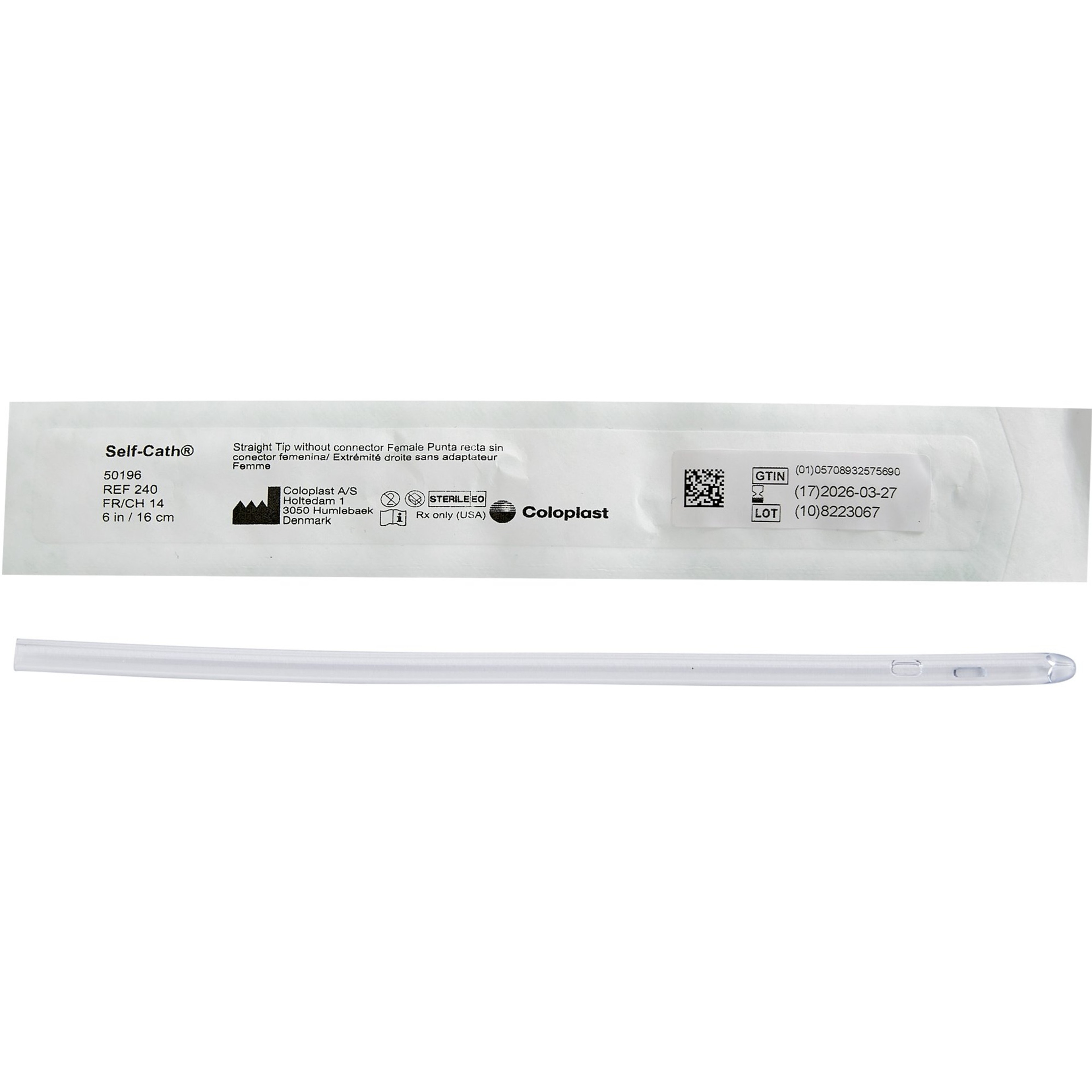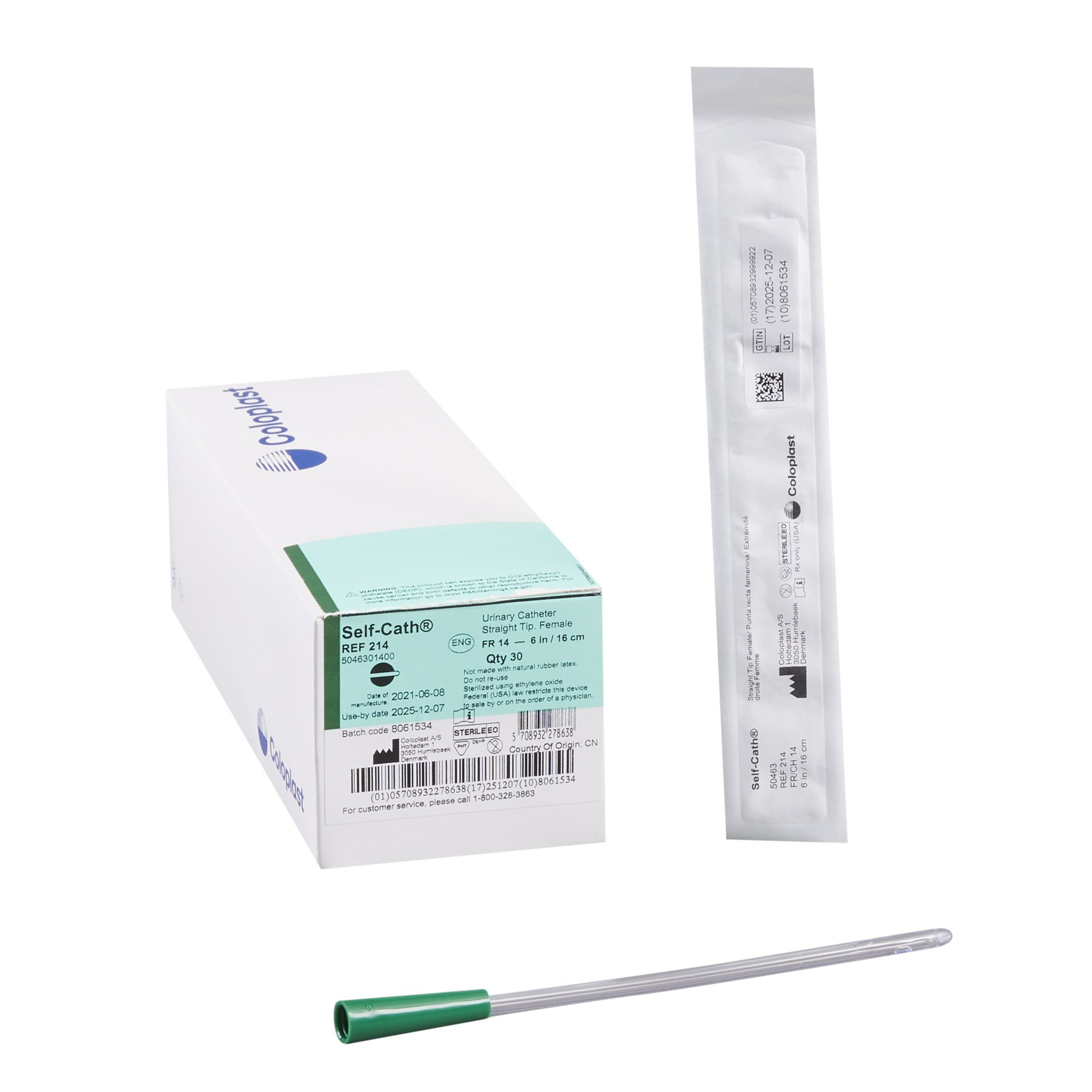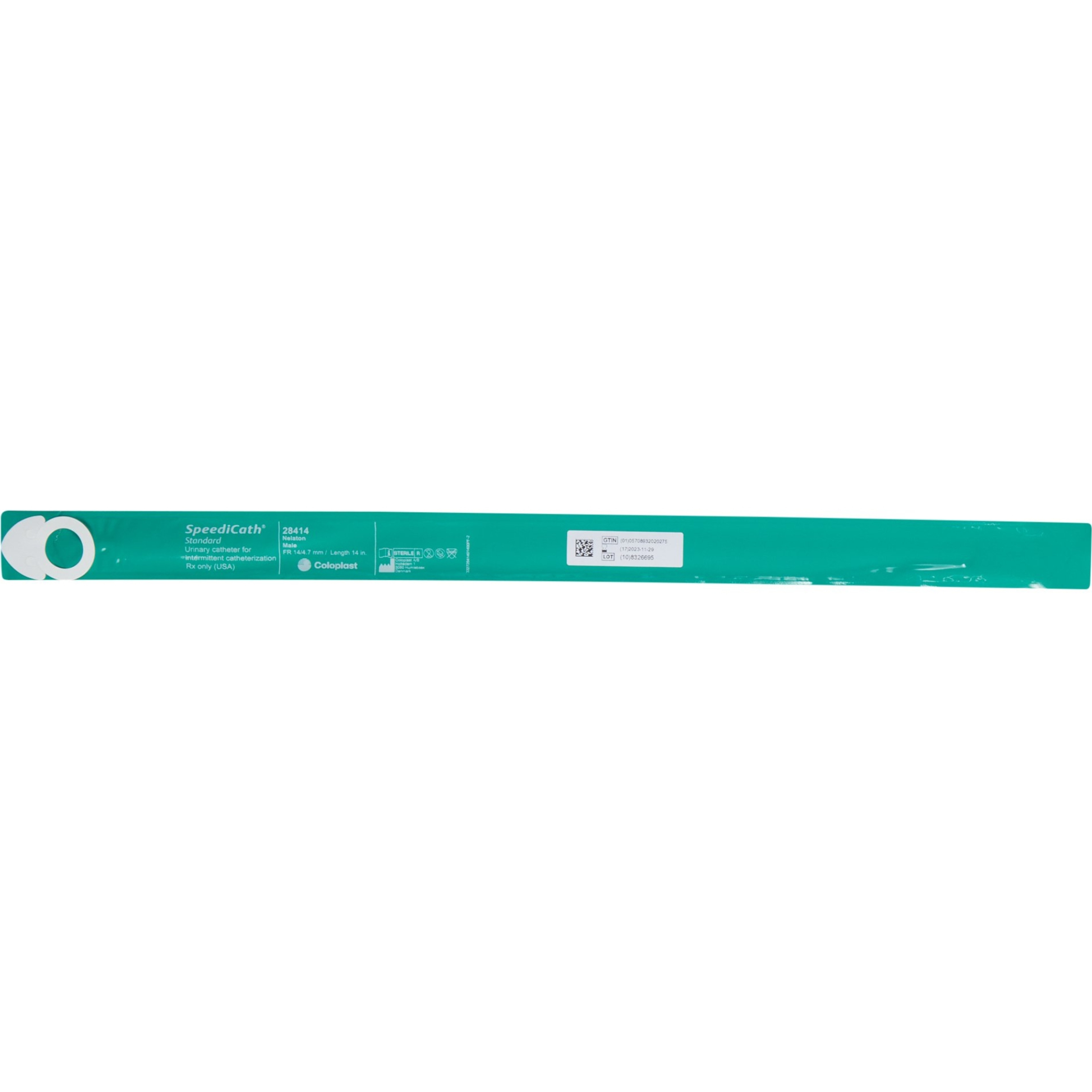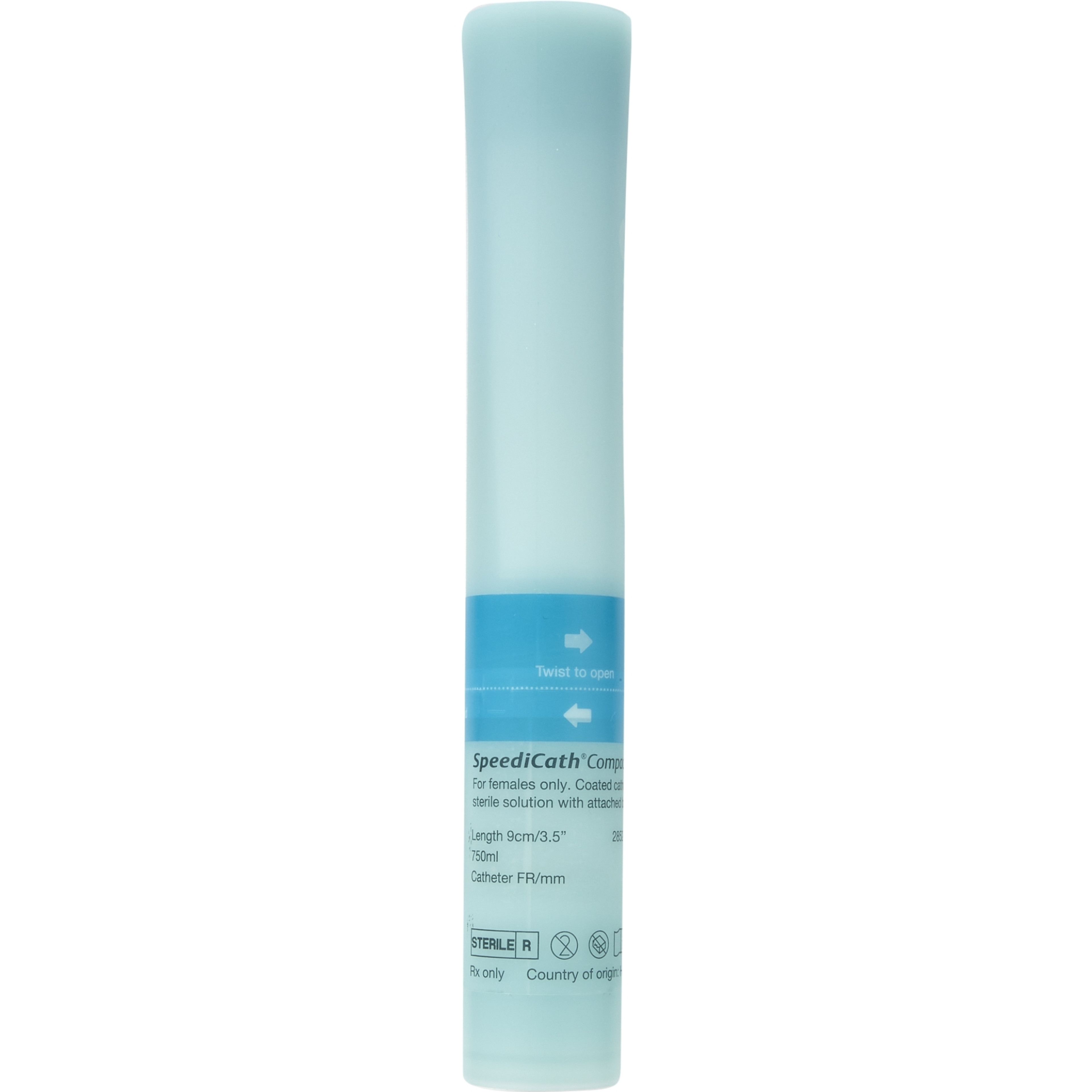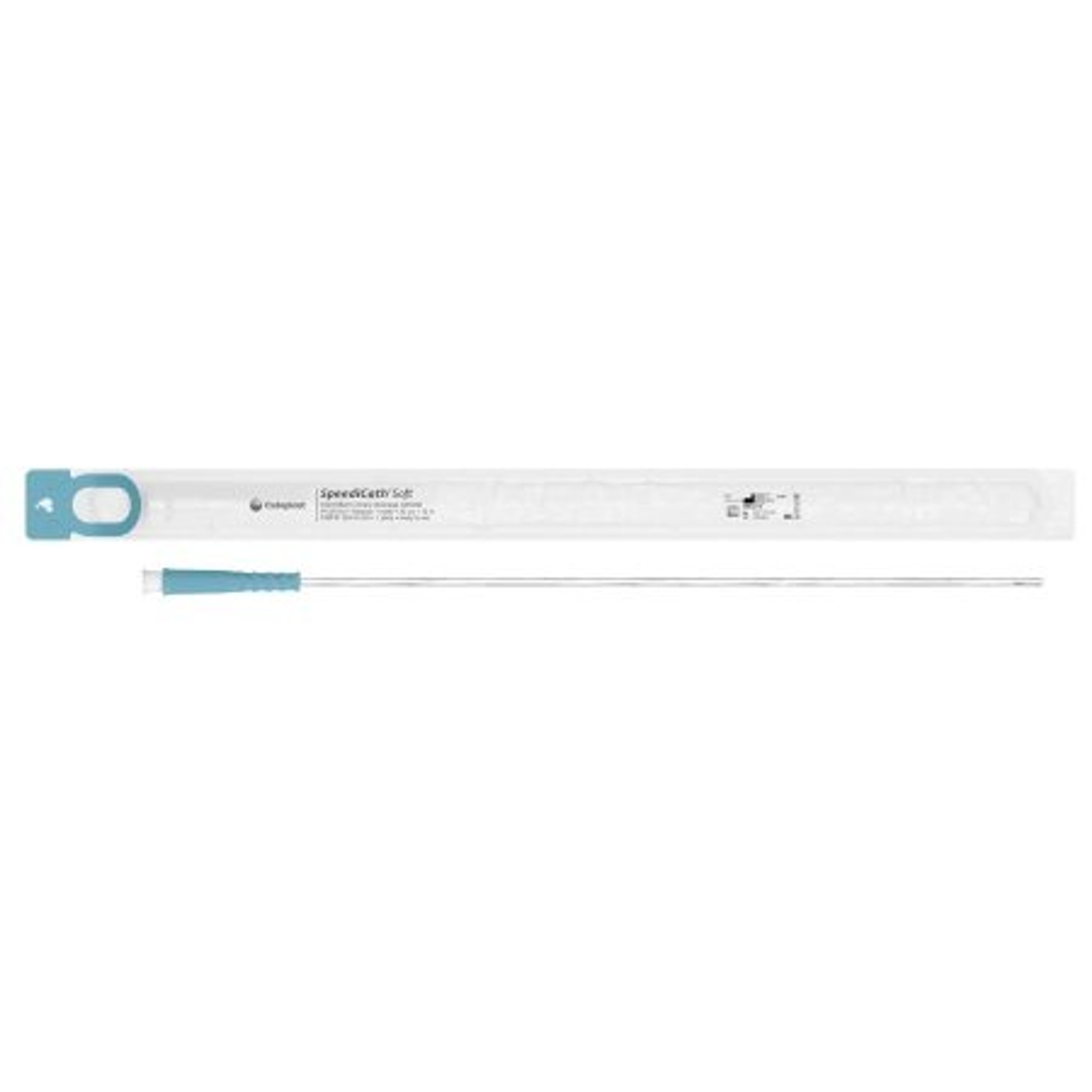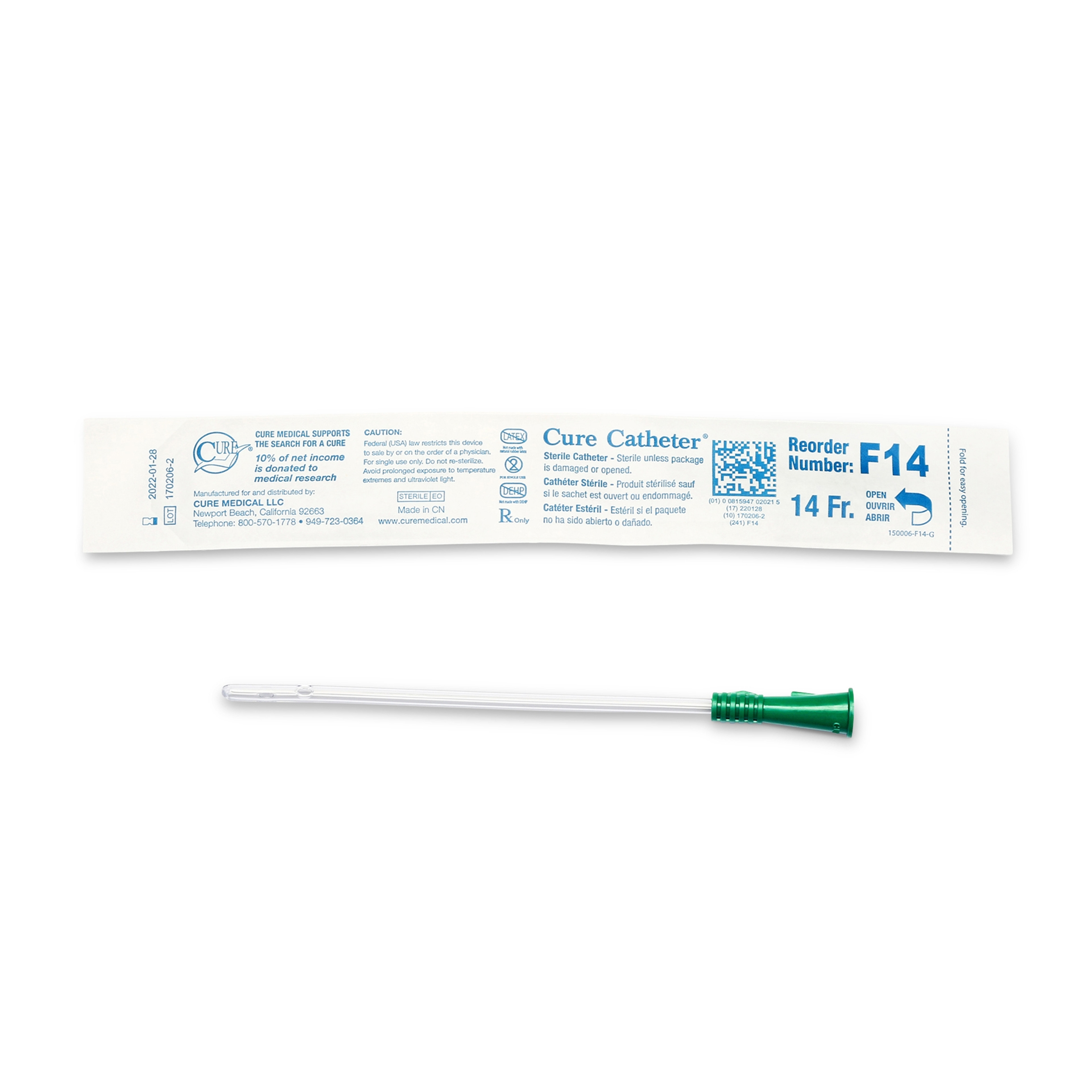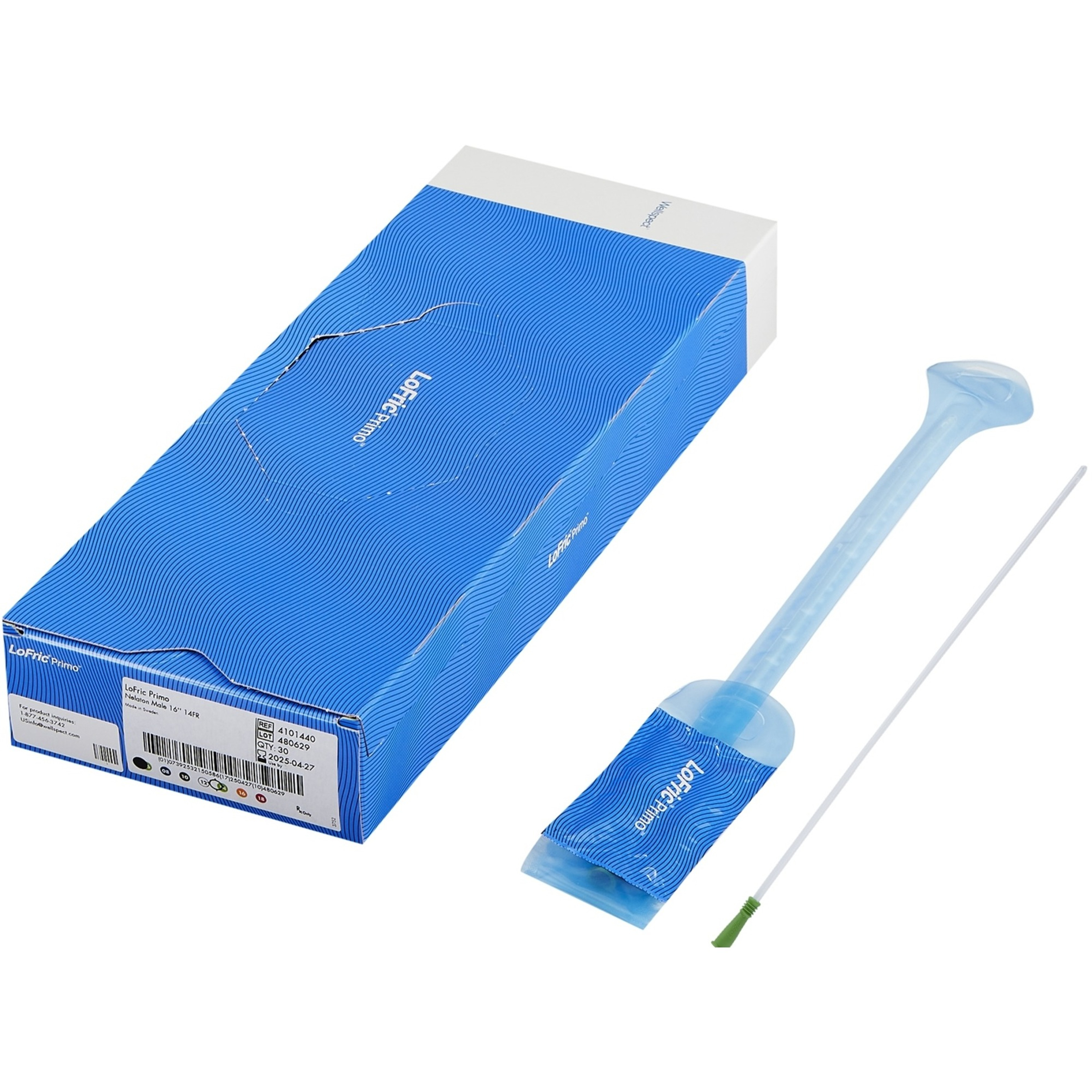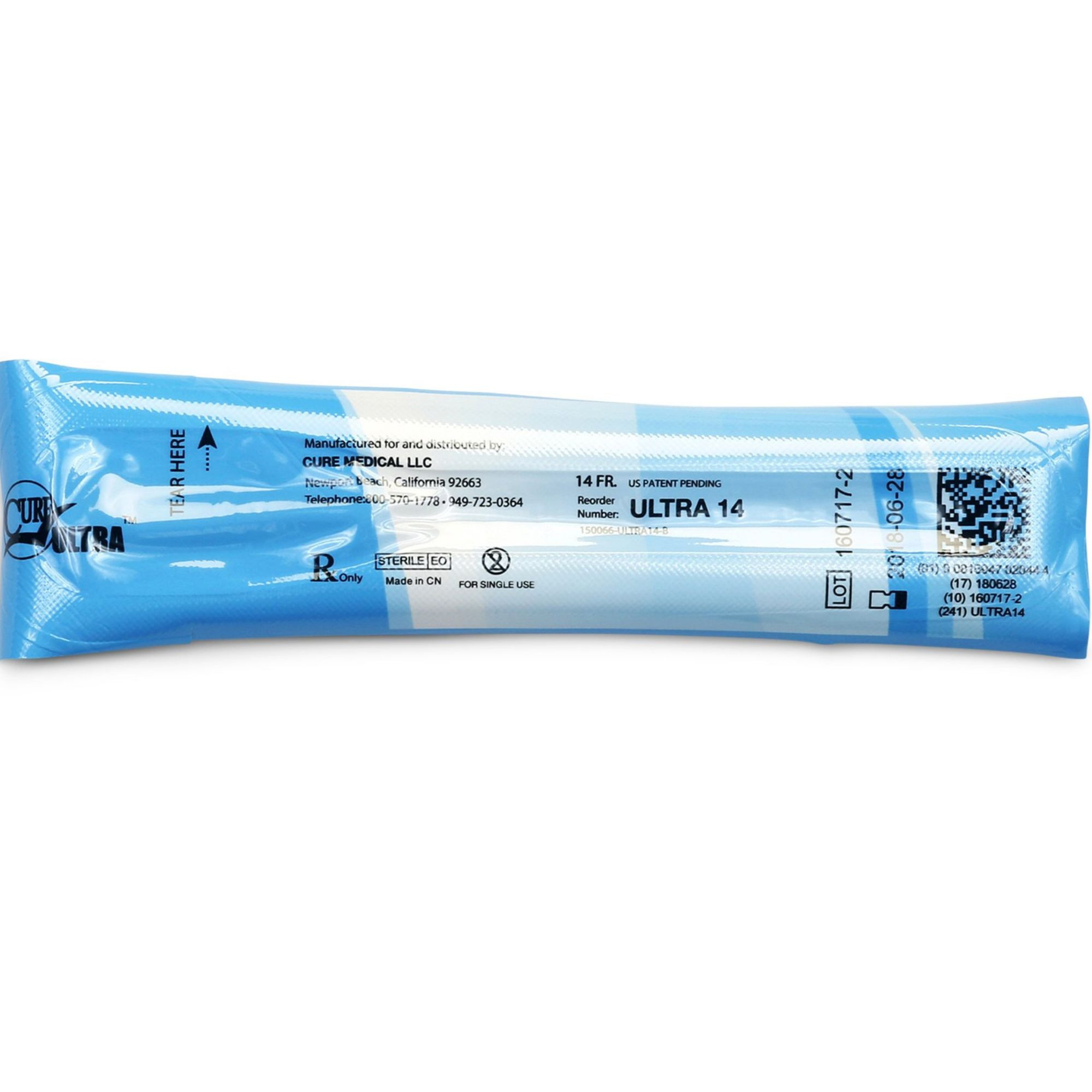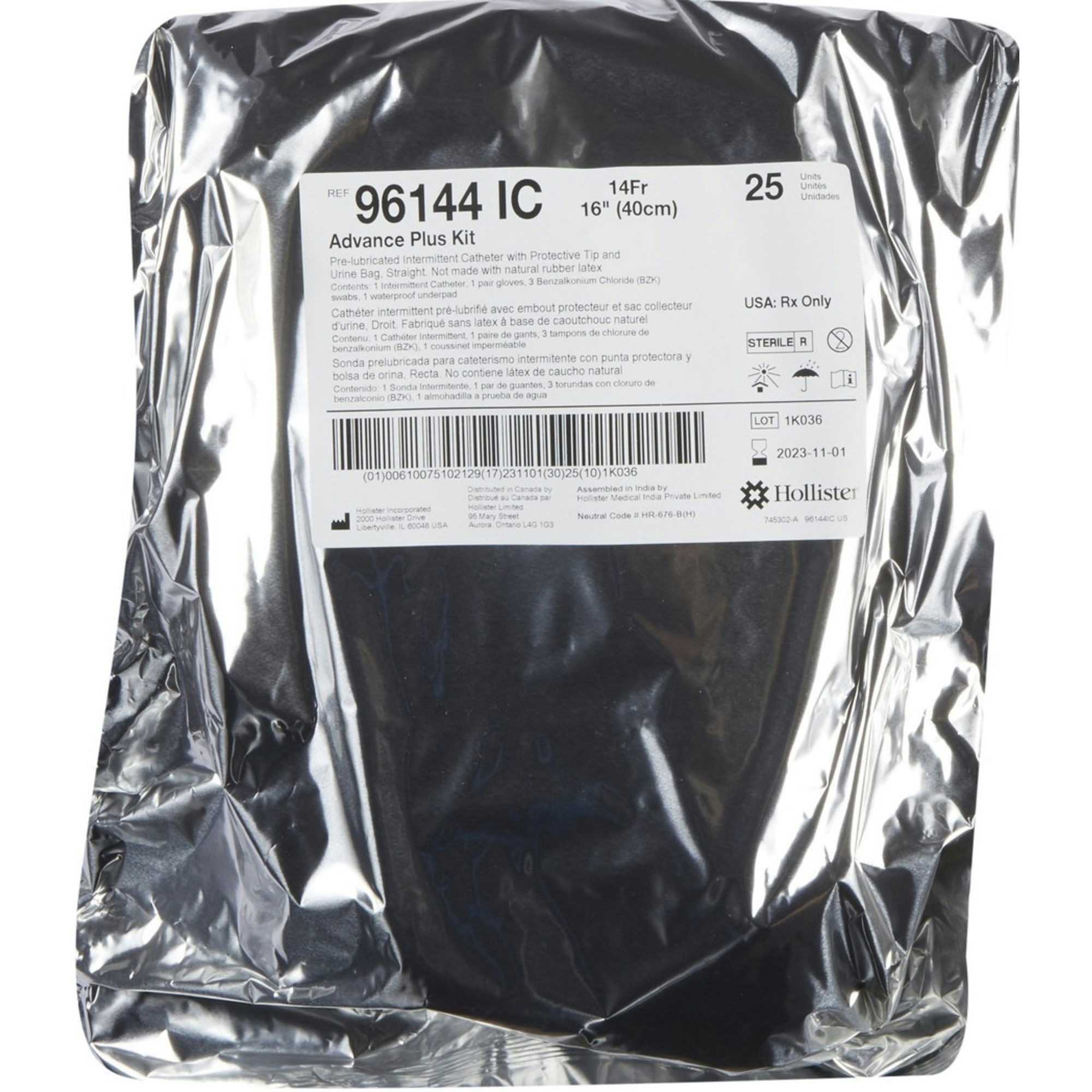Self-Cath Urethral Catheter, Unisex, Straight Tip FAQs
What is the difference between types of catheters?
-
Indwelling catheters: These catheters remain in the bladder for an extended period, usually drained into a collection bag.
-
Intermittent catheters: These catheters are inserted for one use only to drain urine and then discarded.
How do I know which type of catheter I need?
Your doctor will determine the best catheter type for you based on your individual needs. Indwelling catheters may be needed for people with urinary retention (inability to empty the bladder) or those who are unable to use the toilet independently. Intermittent catheters are often used by people with bladder control issues or neurological conditions.
Are catheters difficult to use?
Intermittent catheters can be self-inserted with practice. There are resources available to teach proper insertion techniques, and your doctor or nurse can provide guidance. Indwelling catheters typically require insertion by a healthcare professional.
What are straight tip catheters?
Straight tip catheters are a type of intermittent catheter with a straight, non-angled end. Unlike coudé catheters with a curved tip, straight tips navigate the urethra in a more direct path.
Who are straight tip catheters suitable for?
Straight tip catheters may be a good choice for individuals with a short urethra, such as women, or those who find a coudé tip insertion uncomfortable. Ultimately, your doctor will determine the best catheter type for your anatomy and comfort level.
What are some common concerns about using catheters?
-
Infection: Proper cleaning and sterile technique are crucial to prevent urinary tract infections (UTIs).
-
Discomfort: Some people experience irritation or discomfort during insertion. Lubricant and proper technique can help minimize this.
-
Skin breakdown: Skin irritation can occur around the insertion site with indwelling catheters. Proper skin care is essential.

